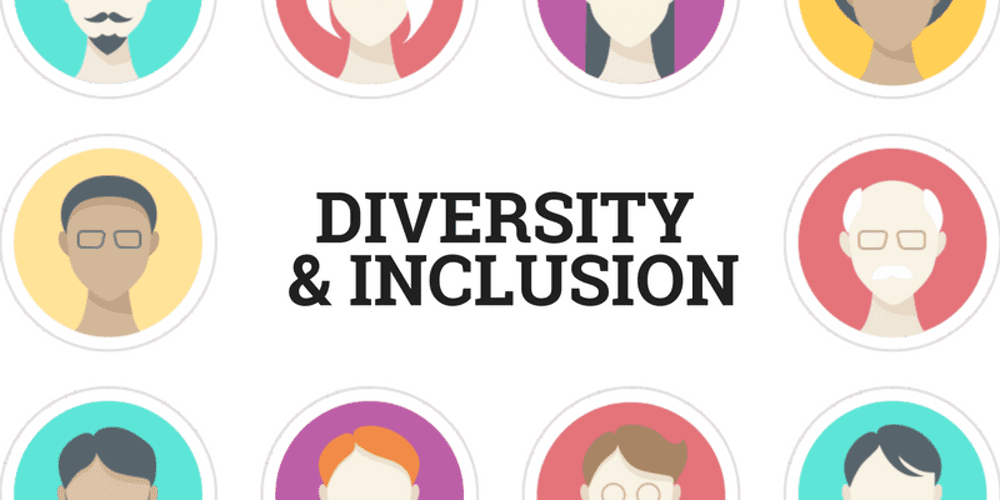 The tech industry has long struggled with a lack of diversity and inclusion. While tech companies have made some progress in recent years, the workforce is still predominantly white and male, especially in technical and leadership roles. This lack of diversity is a significant problem that needs to be actively addressed.
The tech industry has long struggled with a lack of diversity and inclusion. While tech companies have made some progress in recent years, the workforce is still predominantly white and male, especially in technical and leadership roles. This lack of diversity is a significant problem that needs to be actively addressed.
There are several important reasons why the tech industry needs more diversity and inclusion.
First, diversity leads to better products. Teams comprised of people with different backgrounds, perspectives, and experiences tend to develop more innovative and creative solutions. A diverse workforce helps ensure products will meet the needs of a diverse customer base. For instance, facial recognition software has famously struggled to accurately identify women and people of color due to lack of diversity among the developers.
Inclusion is also critical for retaining diverse talent. Underrepresented groups frequently report feeling isolated or unwelcome in tech company cultures. Inclusive cultures where all employees feel welcomed, valued, and able to thrive are essential. Otherwise, companies will struggle to recruit and retain women, people of color, LGBTQ individuals, those with disabilities, and other underrepresented groups.
Additionally, lack of diversity perpetuates stereotypes and biases. The tech industry has long been associated with “bro culture” which can be exclusionary toward women. Not seeing people who look like you represented in an industry can also discourage underrepresented groups from pursuing tech careers. Active inclusion and representation is needed to counteract these effects.
There are several concrete steps tech companies should take to promote diversity and inclusion. First, diversity and inclusion goals should be a key part of company strategy set by leadership. Provide unconscious bias training for all employees, especially those in hiring and management roles. Audit hiring practices, compensation, and promotion data to identify areas of inequity to address.
Implement inclusive family leave and flexible work policies so people with varying needs and responsibilities can thrive. Sponsor employee resource groups for underrepresented communities to foster belonging. Speak out publicly about the importance of diversity and inclusion.
The Role of Women
While the percentages of women and minorities working in tech have slowly increased over the past decade, the numbers are still woefully low. For example, women make up less than 30% of the workforce at many major tech companies like Facebook, Apple, and Google. The percentage of black and Hispanic tech workers remains in the single digits at those same companies.
This lack of diversity stems from several root causes. There are fewer women and minorities pursuing tech degrees and careers in the first place due to lack of early exposure and societal biases. Tech company hiring practices like relying on referrals and recruiting from the same small set of colleges also perpetuate homogeneity. Once hired, many underrepresented groups face company cultures that are indifferent or sometimes hostile towards diversity. All of these factors combine to suppress diversity.
But there are positive signs of change. Some tech companies have publicly pledged to increase workforce diversity and are being more transparent about releasing their numbers. Nonprofits like Girls Who Code and Black Girls Code are working to get more young women and minorities interested in tech careers early. Schools like Stanford and MIT now require computer science students to take courses on ethics and social issues, including biases.
Tech leaders need to approach inclusion as an opportunity, not a chore. Diverse teams have been proven to drive more innovation and produce better financial results. Access to tech careers provides economic empowerment to marginalized groups. Catering to a wider array of users and perspectives leads to better products that serve more people.
There are more actions tech companies should take. Implement mandatory unconscious bias training at all levels. Invest in STEM education programs for girls and minorities. Reform hiring and promotion processes to minimize bias. Offer parental leave and flexible work policies. Foster inclusive company cultures where all employees feel welcomed and valued.
Progress won’t happen overnight, but a concerted effort by the tech industry is needed to create diverse and inclusive workplaces where everyone can thrive. The tech innovations that change the world should come from a workforce that reflects the world.
Conclusion
The tech industry still has a long way to go, but progress is being made. Google increased representation of women in technical roles to over 30% in 2019, up from just 17% in 2014. Apple’s leadership is now 59% white and 54% male, a significant improvement from 77 % white and 66% male in 2014. Still, the percentage of underrepresented minorities remains very low at many major tech companies.
True inclusion will require overcoming unconscious biases and systematic barriers that have long excluded underrepresented groups. But with sustained effort and commitment from tech leaders, a more diverse and inclusive industry is achievable. The tech workforce should reflect the diversity of the users it serves. An industry culture where everyone can feel welcomed and accepted will lead to greater innovation and prosperity for all.







